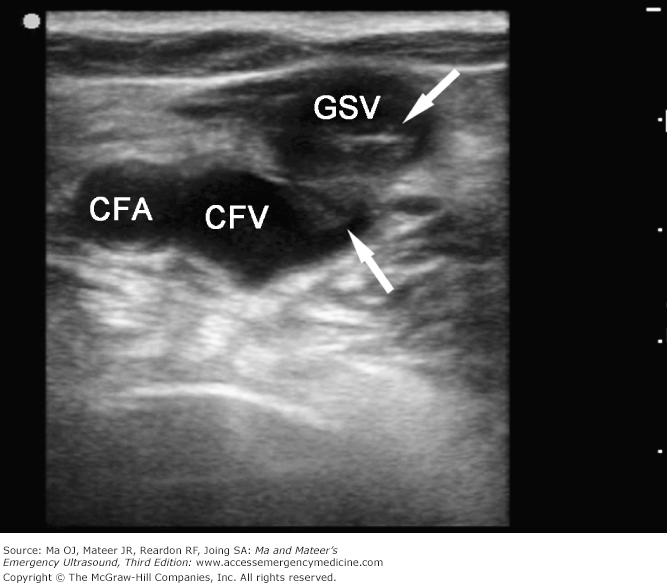[ad_1]
The infusion can be defined as “Administration of fluids or medications into the blood through the veins”. When the drug delivery exceeds 15 minutes, it falls into infusion. Each hour of infusion is deemed a separately billable unit. Infusions can be categorized as below:
• Initial
• Sequential
• Additional
• Concurrent
• Prolonged

Initial Infusion
“Initial” service is narrated as “the service that best describes the key or primary reason for the encounter”. If a drug is delivered to a patient for more than 30 minutes and less than 1 hour and 20 minutes, then that type of infusion is considered as an initial infusion. Only one initial code can be billed per patient encounter. Some of the basic principles are being described below:
• The initial code that best describes the “Key Service” (service being performed that day) should be reported.
• If chemotherapy and the non-chemotherapy infusion are performed on the same day then chemotherapy infusion is the key service, the initial code for chemotherapy (96413) should be billed.
• If non-chemotherapy and hydration are performed on the same day, the non-chemotherapy infusion is the key service; the initial code for non-chemotherapy (96365) should be billed.
Sequential Infusion
“Sequential” is when multiple drugs are getting infused “back to back” or one after the other. If a drug has already been administered to a patient through Infusion, Push, and/or Injection and another drug is required to be administered for approximately another hour, then the infusion of the second drug will be considered as Sequential Infusion.
• The “additional sequential drug” codes are used to report the second and subsequent drugs administered during a patient encounter.
• Code 96367 is used to report additionally infused therapeutic diagnostic drug and code 96417 is used to report an additionally infused drug which is to be categorized as chemotherapy administration.
Additional Infusion
If a drug is infused to the patient for more than one hour and twenty minutes then further infusion shall be termed as an additional infusion for billing purposes. Let’s say that if a drug is infused for two hours twenty min continuously then the second hour of infusion will be considered as an additional hour and this infusion will be termed as “additional infusion” of that drug. In this scenario, we should bill an additional infusion code along with the initial infusion code.
Code 96415 is used for initial chemotherapy infusion and code 96366 shall be used for non-chemo (therapeutic and diagnostic) infusion. Following has been established in this regard that:
• This code is used to report the additional hour of infusion, after the first hour of an individual drug.
• To report an additional hour of infusion of a particular drug, the infusion time must last more than 30 minutes beyond the first hour. Infusion lasting less than 30 minutes should be rounded down and not be reported.
• The additional hour code can be used to report infusion up to 8 hours. The first hour of the infusion would be captured using either the “additional sequential drug” or “initial” codes along with remaining hours are reported under each additional.
Concurrent Infusion
“Concurrent” term is used when multiple therapeutic or diagnostic medications (not hydration fluids) are infused simultaneously through separate bags through the same IV line. If a drug is scheduled to be delivered to a Patient for an hour but after twenty minutes depending on the condition of the patient the physician plans to infuse another drug using a separate IV infusion bag during the same time span of the first drug then we have to bill concurrent hour along with the initial hour of infusion.
In order to report a concurrent administration, the drugs cannot simply be mixed in one bag; there must be more than one bags each containing a single or more drug. It is not appropriate to bill an infusion administration code for each drug that is contained within an IV bag. If more than one drug is administered in a single IV infusion bag then it should be billed as one infusion service.”
Prolonged Infusion
If a drug has to be infused for more than 8 continuous hours, then that category of infusion is known as a prolonged infusion. For prolonged infusion, generally, a special medical device is known as “Infusion Pump” is being used and likewise, we can name this infusion as “Pump Infusion”. Infusion Pumps are used to deliver very small quantities of drugs over long periods of time.
Conclusion
The above-mentioned categorization of Infusions can simplify the medical billing during the patient encounters and maximally benefit the treating physicians. The laid down criteria can go a long way in gaining patient and physician’s confidence in billing services through simplification of the processes in advance.
Learn more Coding & Billing For Duplex Scan Of Extremity Veins
[ad_2]










